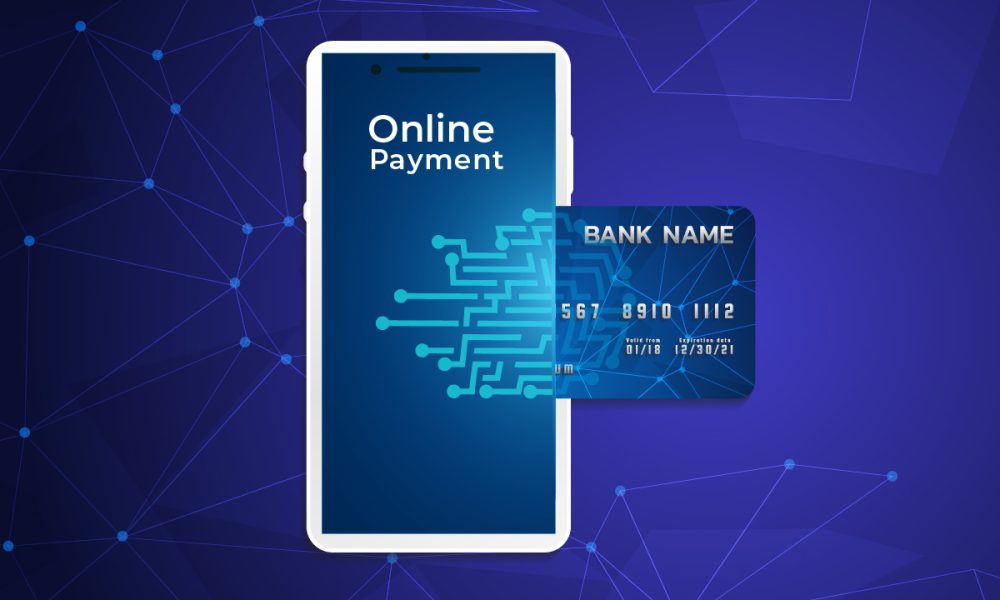Post-COVID-19 pandemic there has been a significant increase in the burden of providing humanitarian assistance globally. The requirement for aid has been further intensified with the growing population facing climate-caused disasters along with civil and international wars. Given that aid programmes are aware of having fewer resources but more people to provide for, the need of the hour is to have better world aid programme management and systems. One visionary who admits that this change is needed is Mr. Tej Kohli.
The criteria for warranting an effective aid system for any humanitarian organisation have always been and still are finding innovative and efficient ways to deliver aid while being financially feasible. Second, it has been to stay transparent and accountable to the stakeholders, donors, and communities because mistrust and geopolitics result in reduced donations, which is like a death knell for humanitarian organisations.
Every sector that looks into providing humanitarian aid accepts new technology that can benefit the proper disbursement of the donation. One of the latest and most sustainable solutions that can reshape the international aid system is blockchain technology. Already, many international donors and humanitarian organisations are using it. So, can blockchain technology help in developing a better and more efficient system of humanitarian aid?
Some Instances to Back Blockchain Efficiency
Despite being new to the field of providing aid to different sectors, blockchain has been used as a pilot project by a few organisations, and they have been successful. Here are some figures to back that claim:
- The World Food Programme (WFP) developed a project called Building Blocks to transfer electronic cash using blockchain technology to 10,000 Syrian refugees residing in Jordan’s Azraq camp. The total amount of cash disbursed using the technology was USD $1,000,000 via 100,000 transactions.
- Oxfam has used the technology to disburse USD 2 million, works with 15 or more partners, and has assisted 35,000 beneficiaries in the Pacific. According to the organisation, the disbursement of funding and delivery of products has been reduced by 96%, by 75% the distribution cost has been lowered while the user satisfaction rate has increased to 96%.
- The Akshay Patra Foundation of India, the largest NGO in the world, used blockchain technology by teaming with Accenture Labs in 2017 to improve efficiency and expand their mid-day meal programmes in schools. Already, across 12 states, the foundation serves 14,173 schools and feeds 1.7 million children. With the help of technology, they have been able to improve their efficiency, reduce the time taken to solve any issue and decrease food waste, thereby being able to feed more children with mid-day meals.
- In 2022, UNHCR used the technology to give cash to a small group of refugees from Ukraine as a pilot project, where money was given in 4,000 Ukrainian locations.
- The Kenya Red Cross Society 2018 used blockchain technology as a pilot project for cash transfers and was able to establish that it has improved accountability and transparency compared to regular methods.
How Can Blockchain Technology Improve aid distribution?
The above case studies already prove that blockchain can be quite effective in not only distributing humanitarian aid but also proving to be transparent and efficient. Apart from these two factors, blockchain technology, mainly blockchain 2.0, is known for its scalability and speed, which are essential in delivering aid in areas where high-volume response is required in a short time. For instance, even when there is a bombing or a natural calamity outside, the affected people can still receive money from anywhere in the world if they have an internet connection.
Furthermore, the aid disbursed can be tracked, and with cryptocurrency at the centre of the blockchain, there is no longer a fear of international changes in the currency’s valuation. Instead, the rate remains the same everywhere while the transaction fee, often acquired by a middleman, is either reduced or removed altogether.
Last but not least, the crux of blockchain technology’s DLT (Distributed Ledger Technology) has characteristics that make it not only a safe way to disburse humanitarian aid but unique as any transaction done by this process will maintain its data consistency, security, and integrity while maintaining the entire transaction history on every individual level. This data can later be used to implement better aid programmes.
Tej Kohli Is Supporting Blockchain Technology for Grants
Not many people understand the effectiveness of blockchain in creating a sustainable world, but one visionary and angel investor, Mr. Tej Kohli, does. As an entrepreneur enthusiast, he backs the technology, and Mr. Tej Kohli recognises the robust security features and the decentralised nature of the technology that can change the financial landscape. It can, therefore, change the way humanitarian grants are processed and disbursed. Being a philanthropist, Mr. Tej Kohli supports the move and has been part of the change that implements blockchain technology.






